Why didn’t Jesus say “Queen of Sheba,” which is found in the Bible, instead of “Queen of the South”?
Jesus and the Oral Torah: The Hem of His Garment
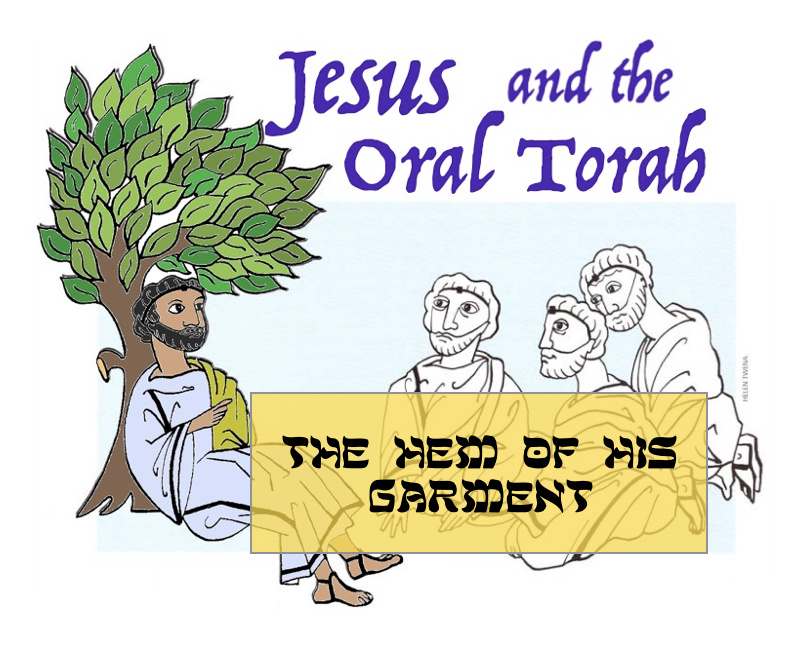
The New Testament makes it clear that Jesus, like all observant Jews of the first century, wore tsitsiyot. These are the tassels that were attached to the four corners of one’s robe as commanded in Numbers 15 and Deuteronomy 22. Jesus’ observance of this commandment is dramatically illustrated by the story of the woman who suffered from a hemorrhage for twelve years.
Hebrew Nuggets, Lesson 7: Abba (Part 3)
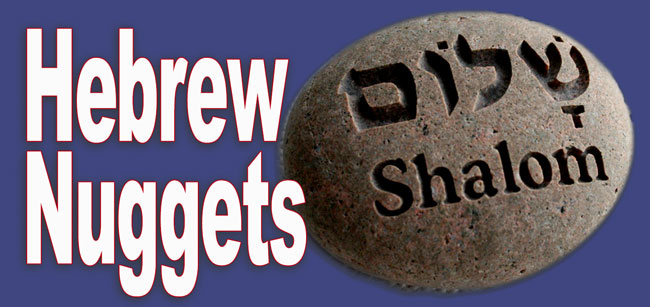
Abba is an Aramaic word meaning “the father.” This word was borrowed by Hebrew speakers and used in the sense of “Daddy.” In lesson seven, the word Abba is used to teach another Hebrew letter.
Jesus and the Oral Torah: Tithing
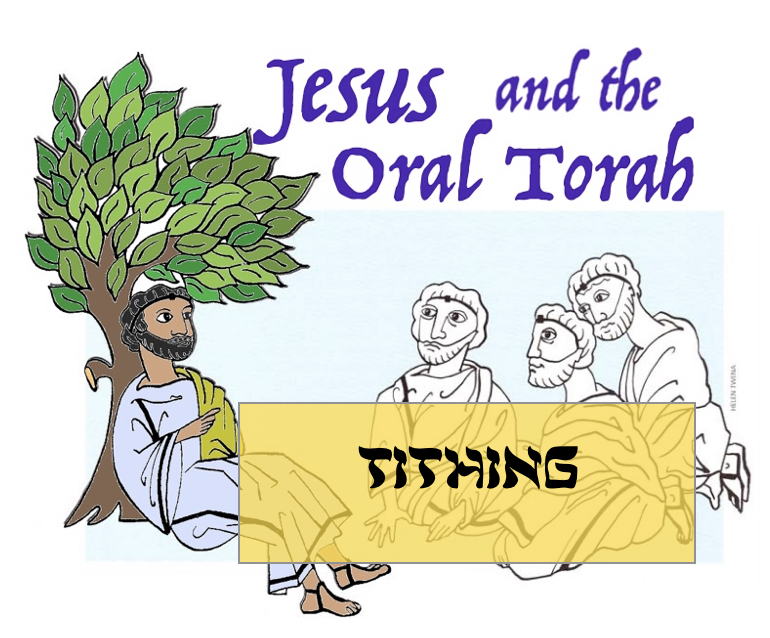
Did Jesus observe the commandment to tithe as it was interpreted in the Oral Torah?
Hebrew Nuggets, Lesson 6: Abba (Part 2)

Abba is an Aramaic word meaning “the father.” This word was borrowed by Hebrew speakers and used in the sense of “Daddy.” In lesson six, the word Abba is used to teach another Hebrew letter.
Matthew 5:17: “Destroy” the Law

When a sage felt that a colleague had misinterpreted a passage of Scripture, he would say, “You are canceling (or, uprooting) the Torah!” In other words, “You are so misinterpreting Scripture that you are negating or canceling part of it.” Needless to say, in most cases, his colleague strongly disagreed. What was “canceling” the Torah for one teacher was “fulfilling” it for another.
Jesus and the Oral Torah: The Unutterable Name of God
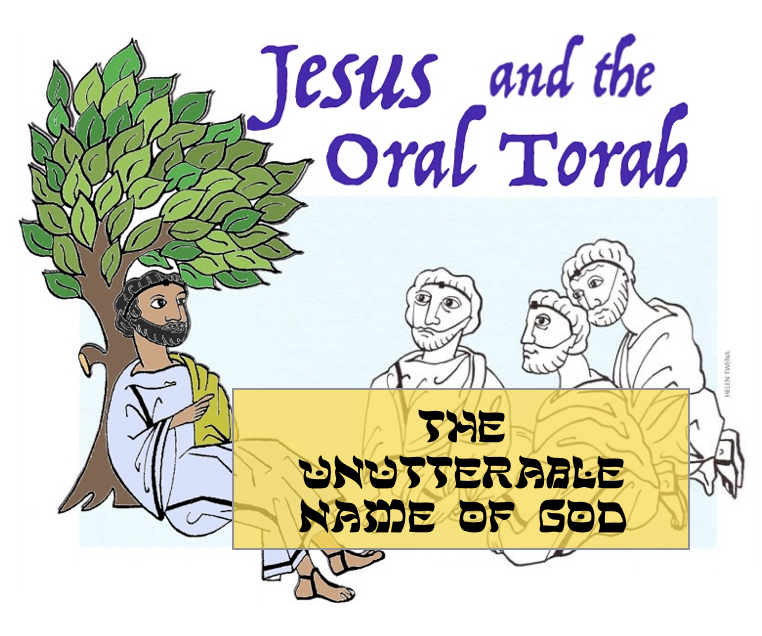
To avoid the risk of employing the divine name irreverently, the sages ruled that one should not utter it at all.
Hebrew Nuggets, Lesson 5: Abba (Part 1)

Abba is an Aramaic word meaning “the father.” This word was borrowed by Hebrew speakers and used in the sense of “Daddy.” In lesson five, the word Abba is used to teach another Hebrew letter.
The Syndicated Donkey

Randall Buth may have discovered a significant idiom in the Greek text of Luke. This idiom could help us in determining the original language of Jesus’ biography. In Luke 19:33, did the donkey that Jesus rode into Jerusalem on Palm Sunday have more that one owner as the Greek text states?
Jesus and the Oral Torah: Blessing
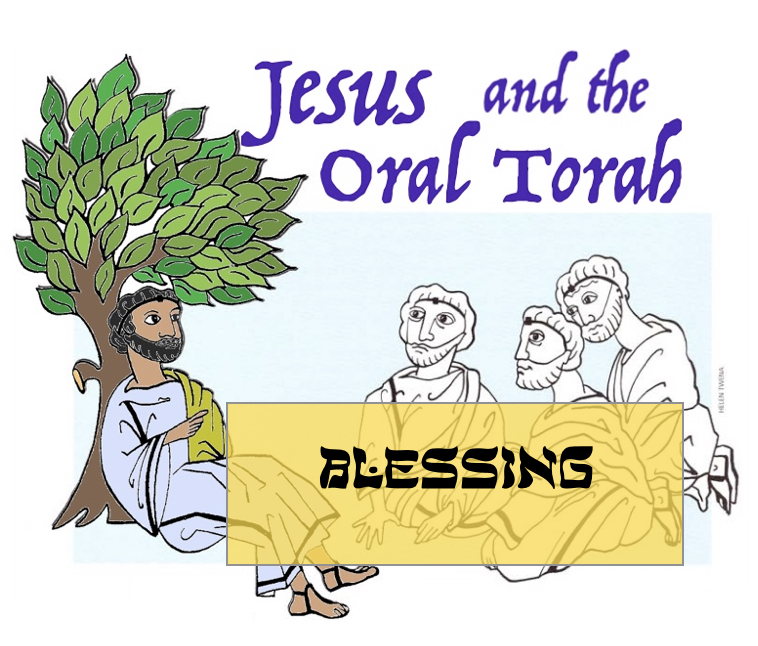
There is evidence that Jesus adhered to the rulings of the Oral Torah in his use of various blessings.
Hebrew Nuggets, Lesson 4: Jesus’ Hebrew Name (Part 4)

Jesus’ Hebrew name is composed of three syllables: ye·SHU·a‘. In this lesson we will learn the two sounds of the final syllable of Jesus’ name. The fifth sound in Jesus’ Hebrew name יֵשׁוּע is “a” as in the word “father.” Like the tseRE and the shuRUK, this sound is a vowel. The symbol used to represent this sound is called paTAḤ. It is indicated by a horizontal line below the letter with which it is sounded. Here it appears below the last letter of ישועַ (yeSHUa‘).
Jesus’ Use of “Amen”: Introduction or Response?
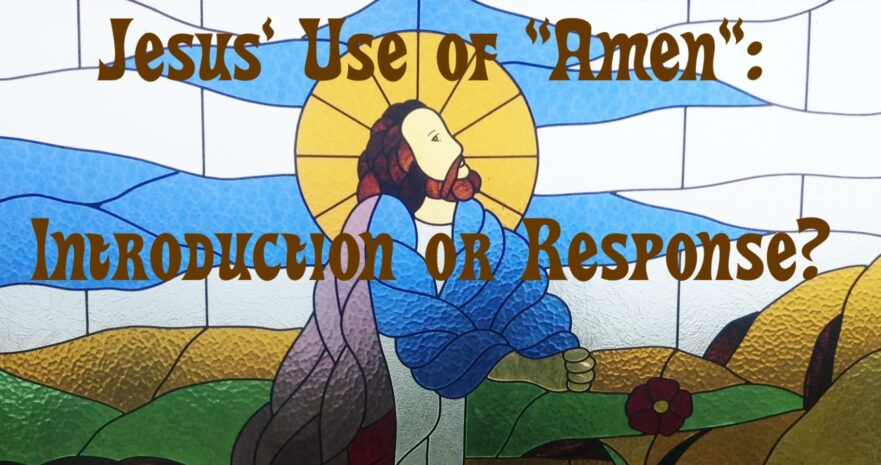
It is not surprising to find the word “amen” attributed to Jesus in the Gospels. What is unusual is to find “amen” used as the beginning of a statement rather than as a response.
Discovering the Hebrew Undertext of the Synoptic Gospels
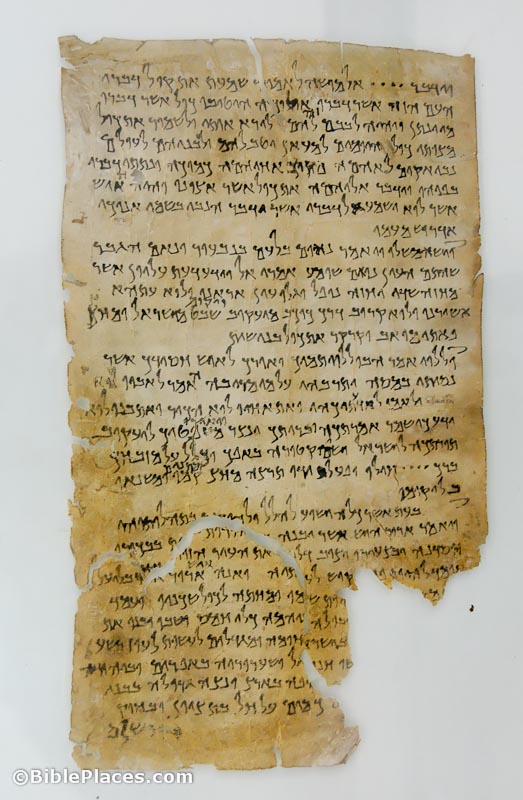
One may contend that there existed a basic text of Jesus’ life story written in Hebrew. One arrives at this assumption not merely on the basis of the church fathers’ writings, but because the Greek texts of the synoptic gospels show so much evidence of being “translation Greek,” that is, Greek that contains Hebrew idioms and sentence structures.
Jesus and the Oral Torah: Written and Oral Torah
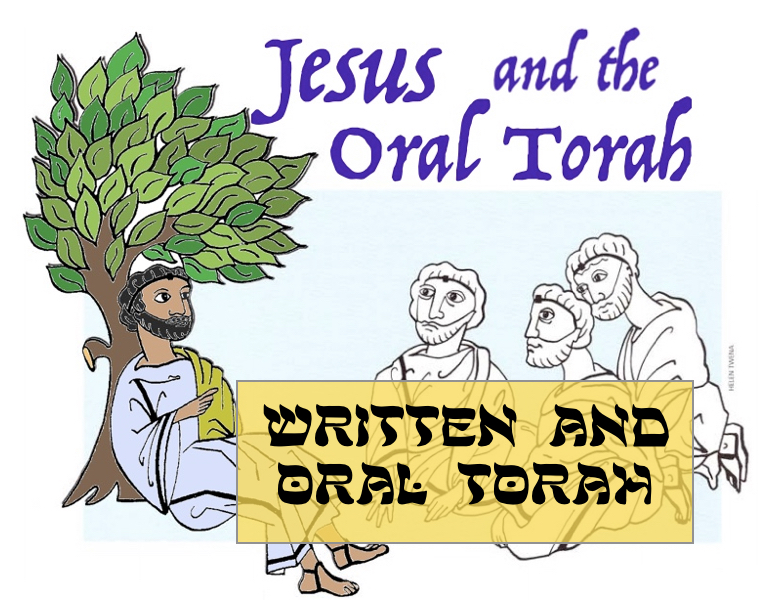
The Torah was given by God as a guideline for a whole way of life.
Hebrew Nuggets, Lesson 3: Jesus’ Hebrew Name (Part 3)

In this lesson we will learn the two sounds of the second syllable of Jesus’ Hebrew name. The first sound of the second syllable of יֵשׁוּעַ (ye·SHU·a‘) is the “sh” sound. This is represented by ש (shin), the twenty-first letter of the Hebrew alphabet. Written with three points or teeth, it got its name from the Hebrew word for “tooth” because of the pictograph upon which it was based.
“Prophet” as a Messianic Title

There can be little doubt that Jesus viewed himself as a prophet, and that many of his contemporaries concurred.
Jesus in Judea

Robert Lindsey believed that there is sufficient evidence in Matthew, Mark and Luke to support the existence of Jesus’ Judean ministry.
Semitic Background to the Nain Story

The short account of the resurrection of the widow’s son in Nain has a very Semitic feeling. If the Nain story was written originally in Greek, it is a very semitically flavored Greek. Several linguistic features of this story suggest that it may have been written originally in Hebrew.

